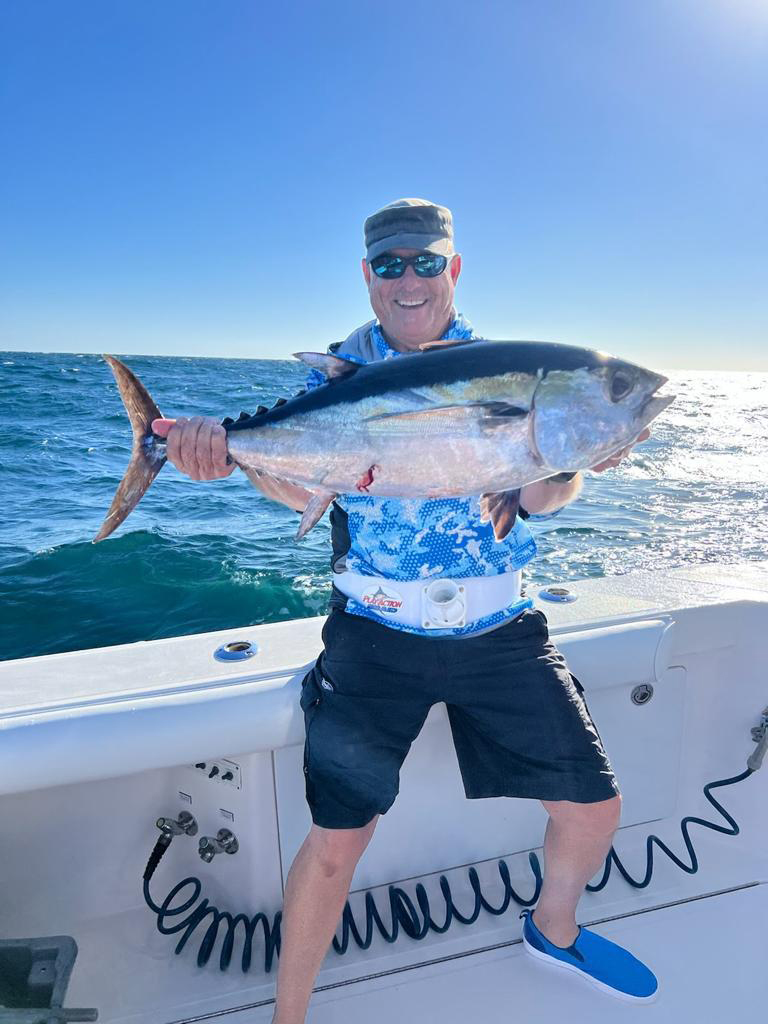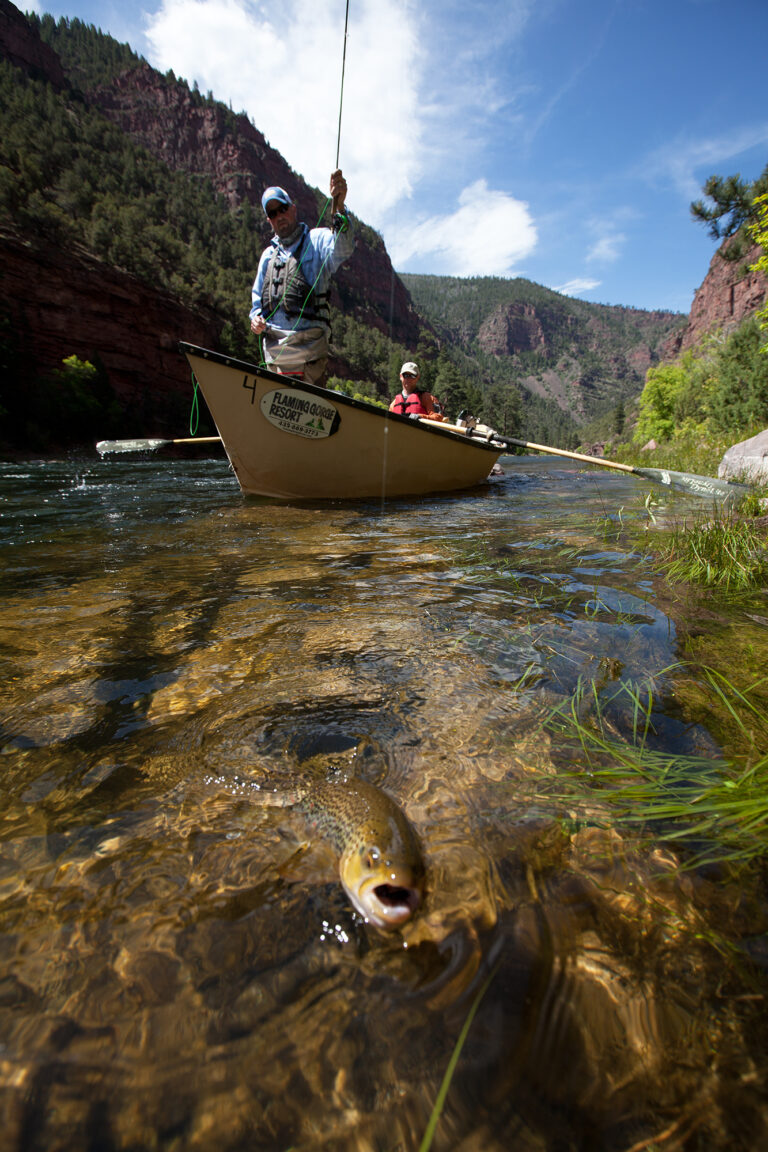To keep ice fishing holes from freezing, you can use hole covers or insulating materials. Additionally, regularly agitating the water and using a portable heater can prevent freezing.
Ice fishing holes can freeze over due to cold temperatures, which affect the water surface and cause ice formation. This can make it difficult to continue fishing. However, by following some simple steps, you can keep your holes open and continue enjoying your ice fishing experience.
We will explore various techniques to prevent ice fishing holes from freezing, ensuring a successful and comfortable fishing trip. Whether you are a beginner or an experienced ice angler, these tips will help you maintain open holes and increase your chances of catching fish in freezing temperatures.

Credit: www.adkwatershed.org
Understanding The Problem: Cold Weather And Frozen Ice Fishing Holes
When it comes to ice fishing, freezing temperatures can pose a significant challenge. One of the main issues anglers encounter is the freezing of their fishing holes. This can not only hinder their fishing experience but also make it nearly impossible to catch any fish.
To address this problem effectively, it is crucial to understand the impact of freezing temperatures on ice fishing holes and the importance of finding ways to prevent them from freezing over.
The Impact Of Freezing Temperatures On Ice Fishing Holes
Freezing temperatures can have several adverse effects on ice fishing holes. Understanding these impacts is essential to take the necessary precautions for a successful ice fishing trip. Here are some key points to keep in mind:
- When the temperature drops below freezing, any water in the fishing hole will start to freeze. This ice formation can quickly spread across the hole, making it smaller and more challenging to fish from.
- Frozen holes can trap fishing lines, causing them to snag or break. This can be frustrating for anglers and result in lost catches.
- Ice buildup around the edges of the hole can make it difficult to remove the ice and maintain an open fishing area.
How Frozen Holes Can Hinder Your Ice Fishing Experience
Frozen holes not only make fishing more difficult but can also significantly impact your overall ice fishing experience. Here are a few reasons why frozen holes can hinder your fishing trip:
- Limited fishing area: As the ice in the hole thickens, the available fishing space decreases. This can restrict your movement and prevent you from exploring different areas of the lake or pond.
- Reduced fish activity: Fish tend to stay away from frozen areas as the ice can limit their access to oxygen and food sources. This means that you might have fewer opportunities to catch fish when your fishing holes freeze over.
- Increased downtime: Dealing with frozen holes requires time and effort to keep them open. Instead of focusing on fishing, you’ll find yourself spending more time breaking the ice and clearing away debris.
To make the most of your ice fishing adventure, it’s vital to find effective ways to prevent your fishing holes from freezing entirely.
The Importance Of Addressing This Issue Effectively
To enjoy a successful ice fishing trip, addressing the freezing of fishing holes is essential. Failing to do so can result in frustration, limited catches, and a less enjoyable overall experience. By taking the necessary precautions and implementing preventive measures, you can ensure that your fishing holes remain open and accessible throughout the day.
- Preventing frozen holes allows you to have a larger fishing area, increasing your chances of finding active fish and improving your catch rate.
- Keeping the fishing holes open ensures that your lines will not snag or break, preventing the loss of valuable catches.
- Addressing this issue effectively saves you time and effort, allowing you to focus on what really matters: Enjoying the thrilling sport of ice fishing.
In the next section, we will explore various effective strategies and tips for keeping ice fishing holes from freezing. Stay tuned!
Essential Precautions And Practices To Prevent Frozen Ice Fishing Holes
Ice fishing is an exhilarating activity that requires careful planning and preparation. One of the biggest challenges faced by ice anglers is keeping their fishing holes from freezing. To ensure a successful fishing trip, here are some essential precautions and practices to prevent frozen ice fishing holes.
Choosing The Right Location And Analyzing Ice Conditions Beforehand
Before drilling a hole, it’s crucial to choose the right location and assess the ice conditions. Here are a few key points to consider:
- Research the area: Gather information about the lake or pond you plan to fish in. Look for known areas with consistent fish activity and favorable conditions.
- Check ice thickness: Ensure the ice is thick enough to support your weight and drilling equipment. The recommended thickness is at least four inches for walking on and eight inches for a small vehicle.
- Avoid flowing water: Steer clear of areas with strong currents or flowing water, as they can compromise ice stability and increase the chances of freezing holes.
- Look for signs of weakness: Scan the ice surface for cracks, slush, or honeycomb-like formations. These signs indicate weak spots that may lead to freezing holes.
Insulating Your Fishing Hole With The Right Equipment And Materials
To maintain an unfrozen fishing hole throughout your ice fishing expedition, insulation is key. Here are some ways to insulate your fishing hole effectively:
- Use an ice hole cover: Invest in a quality ice hole cover to prevent cold air from entering the hole. Covers made of insulating materials, such as foam, provide excellent protection against freezing.
- Apply ice fishing hole sleeves: Hole sleeves are designed to regulate the temperature of your fishing hole. These sleeves help prevent freezing by insulating the walls and reducing heat loss.
- Add a layer of insulation: Place an additional insulating material, such as an ice hole blanket or a layer of sawdust, on top of the ice. This extra insulation helps maintain the temperature and prevents the hole from freezing.
Using Natural And Artificial Aids To Keep Your Fishing Hole From Freezing
Nature provides us with several aids that can help prevent the freezing of ice fishing holes. Additionally, there are artificial aids available specifically designed for this purpose. Consider the following points:
- Snow: Cover the fishing hole with a layer of snow. Snow acts as a natural insulator, keeping the cold air out and reducing the chances of freezing.
- Branches or vegetation: Place branches or vegetation on top of the ice around your fishing hole. These natural materials provide additional insulation and help preserve the integrity of the hole.
- Heaters: Utilize portable ice fishing hole heaters to keep the temperature of the surrounding area above freezing point. These heaters can be powered by propane and are effective in preventing freezing.
- Ice fishing hole de-icers: Use de-icing products specifically designed for ice fishing holes. These artificial aids help control freezing by releasing heat and creating a barrier against the cold.
By following these essential precautions and practices, you can significantly reduce the chances of your ice fishing holes freezing. Remember, proper planning, insulation, and the use of aids are key to ensuring a successful and enjoyable ice fishing experience.
Advanced Techniques For Maintaining Open Ice Fishing Holes
Ice fishing can be an exhilarating winter activity, but keeping your fishing hole from freezing over can be a challenge. Luckily, there are advanced techniques that can help you maintain open ice fishing holes, ensuring that you have access to fish throughout your fishing trip.
In this section, we will explore three effective strategies to prevent freezing: utilizing submersible heaters and heating methods, employing aerators and circulation systems, and monitoring and adjusting for temperature changes in real-time.
Utilizing Submersible Heaters And Heating Methods To Prevent Freezing
Submersible heaters and other heating methods can be highly effective in preventing ice from forming in your fishing hole. Here are some key points to consider:
- Submersible heaters: These handy devices are specifically designed to keep your fishing hole from freezing. Simply place the submersible heater in the water, and it will generate heat to maintain an ice-free area.
- Propane heaters: Another option is to use a propane heater strategically positioned near your fishing hole. The heat generated by the heater will radiate into the water, preventing freezing.
- Heat lamps: Heat lamps can be used in combination with submersible heaters or on their own to provide additional warmth. Position the heat lamp above the fishing hole to prevent ice formation.
It’s essential to follow the manufacturer’s instructions when using any heating method to ensure safety and effectiveness.
Employing Aerators And Circulation Systems To Keep Your Hole Ice-Free
Aerators and circulation systems can play a significant role in keeping your ice fishing holes open. Here’s what you need to know:
- Aerator pumps: These devices introduce air into the water, which helps prevent ice formation. By creating constant movement and agitation, aerators prevent the water from freezing.
- Circulation systems: Installing a circulation system, such as a water pump or paddlewheel, can help maintain the flow of water in your fishing hole. This movement prevents ice buildup and ensures that the hole remains open.
When using aerators or circulation systems, it’s important to place them strategically to create a steady flow of water and break up any ice that forms.
Monitoring And Adjusting For Temperature Changes In Real-Time
Monitoring the temperature of the water in your fishing hole is crucial for preventing freezing. Consider the following points:
- Thermometers: Use a reliable and accurate thermometer to measure the water temperature regularly. This will help you detect any fluctuations and take immediate action.
- Adjusting heating methods: Based on the temperature readings, adjust the intensity or duration of your heating methods accordingly. This real-time adjustment will help maintain the open fishing hole.
- Insulating methods: In extremely cold conditions, consider using insulating materials, such as blankets or foam boards, around the hole to minimize heat loss and freezing.
By monitoring and adjusting for temperature changes in real-time, you can take proactive measures to keep your fishing hole from freezing over.
Remember, keeping ice fishing holes from freezing requires a combination of these advanced techniques. Choose the methods that work best for your specific conditions and enjoy uninterrupted fishing in the winter wonderland.
Conclusion
Keeping ice fishing holes from freezing is crucial for a successful day on the ice. By following these tips and techniques, you can ensure that your holes remain open and accessible throughout your fishing trip. Remember to start with clean ice, keep your drilling technique in mind, use ice hole covers, and regularly remove any slush or ice buildup.
Additionally, insulating your ice hole with materials like foam or a thermal cover can help prevent freezing. By being proactive and taking the necessary steps to keep your ice fishing holes from freezing, you can maximize your chances of catching fish and enjoy a more comfortable and productive ice fishing experience.
So, get out there, practice these techniques, and make the most of your ice fishing adventures!





